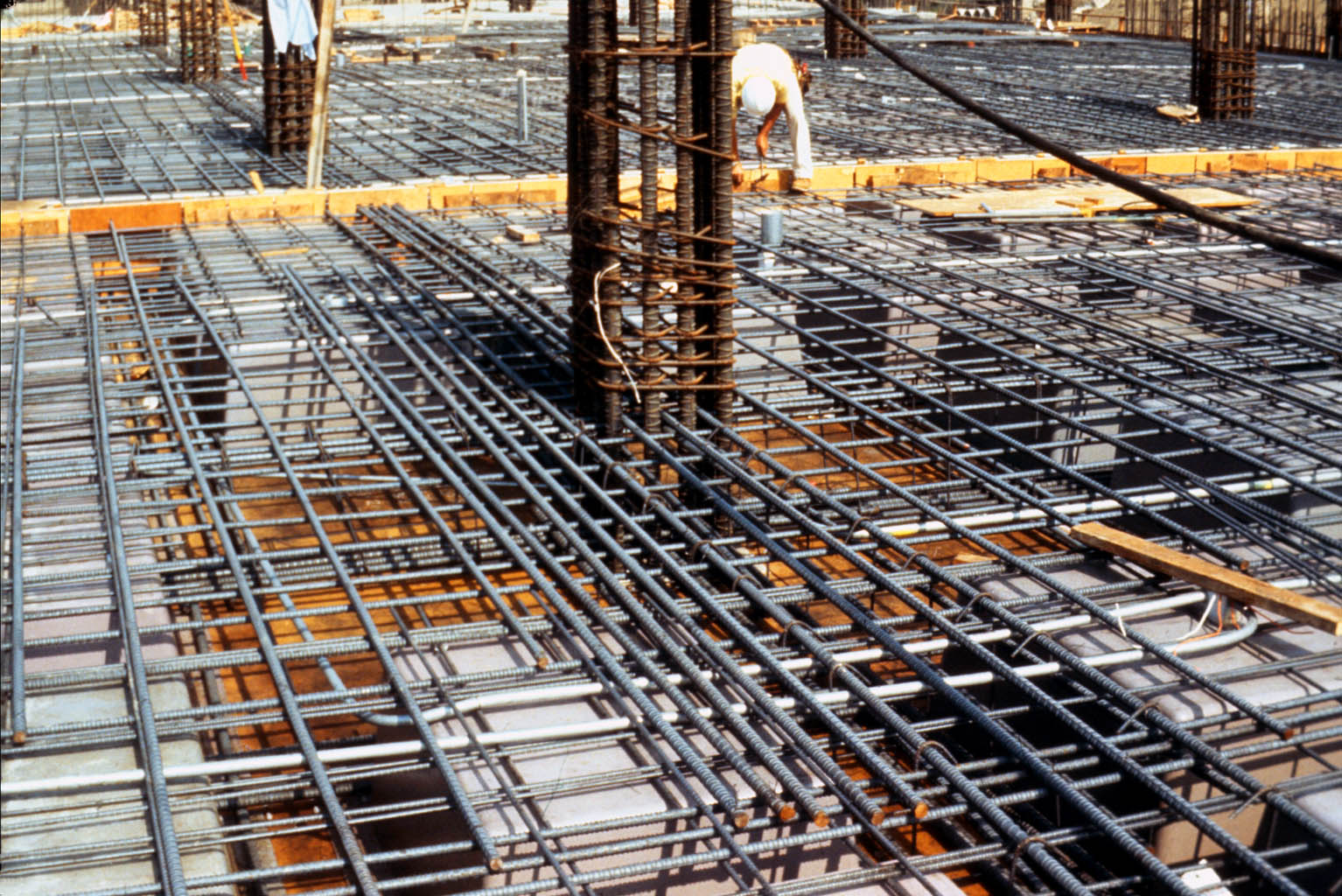Concrete Jacketing Advantages: Concrete is a highly alkaline substance. It is not carbonated if it has a pH of 12.6. Carbonation begins at the surface of the concrete and can eventually reach deep into the rebar. Reinforcing bars are required in most concrete structures as concrete is strong in compression but weak in tension, so reinforcement is added to provide tensile strength. The alkaline state of concrete also provides a negative resistance layer on the surface of the rebar that prevents corrosion.
Once concrete comes into contact with carbon dioxide and other pollutants in the air, a reaction may occur. So that carbon dioxide can form carbonic acid with the water in the cement neutralizing the alkaline state of concrete. If this happens, the carbonation moves through the concrete as an interface reducing the pH value to 8 pH, neutral 7pH. However, corrosion of the reinforcement can occur if the pH value falls below 11pH.
Various factors determine the carbonization time frame, such as the quality of the concrete. For example, if the cement is very porous or has a low cement content, the time frame will be much faster than if the concrete is not very porous and has a high cement content. The microstructure of concrete makes capillary pores up to 28%, and the pore size depends on the quality of the concrete and the presence of water at the time of concrete mixing.
In large cities, the carbon dioxide content of the air may rise to 0.3 percent or up to 1.0 percent. If it is not well ventilated, the density may be higher. The pH value of pore water in hardened concrete is generally between 12.5 to 13.5. It depends on the alkaline content of the cement.
The high alkalinity forms a thin passivation layer around the rebar and protects it from the action of oxygen and water, if the steel is in a highly alkaline state, it will not corrode. This state is known as passivation. So the carbonation of concrete is one of the corrosion of reinforcement causes. Of course, oxygen and moisture are the other components required to corrode the integrated steel.
What are Concrete Jacketing Advantages?
- To restrain the attack of corrosion or rust on the rebar. Reinforcing bars are subject to corrosion and fire due to weather conditions.
- If we do not provide a suitable concrete covering, there is a high possibility of rust and cracks in the hardened concrete sections.
- The concrete covering also protects the rebar from fire.
- The cap is also necessary to develop sufficient bonding force along the surface area of the rebar skewer.
- Concrete covering is necessary for each building element (slabs, beams, plinths), where iron is present.
- The concrete cover maintains the correct arrangement of the steel bars and provides a cover around these bars.
Source: wikipedia.org/wiki/Reinforced_concrete
Read More: buildineg.com/public/blog/what-is-a-concrete-jacketing-of-column/

